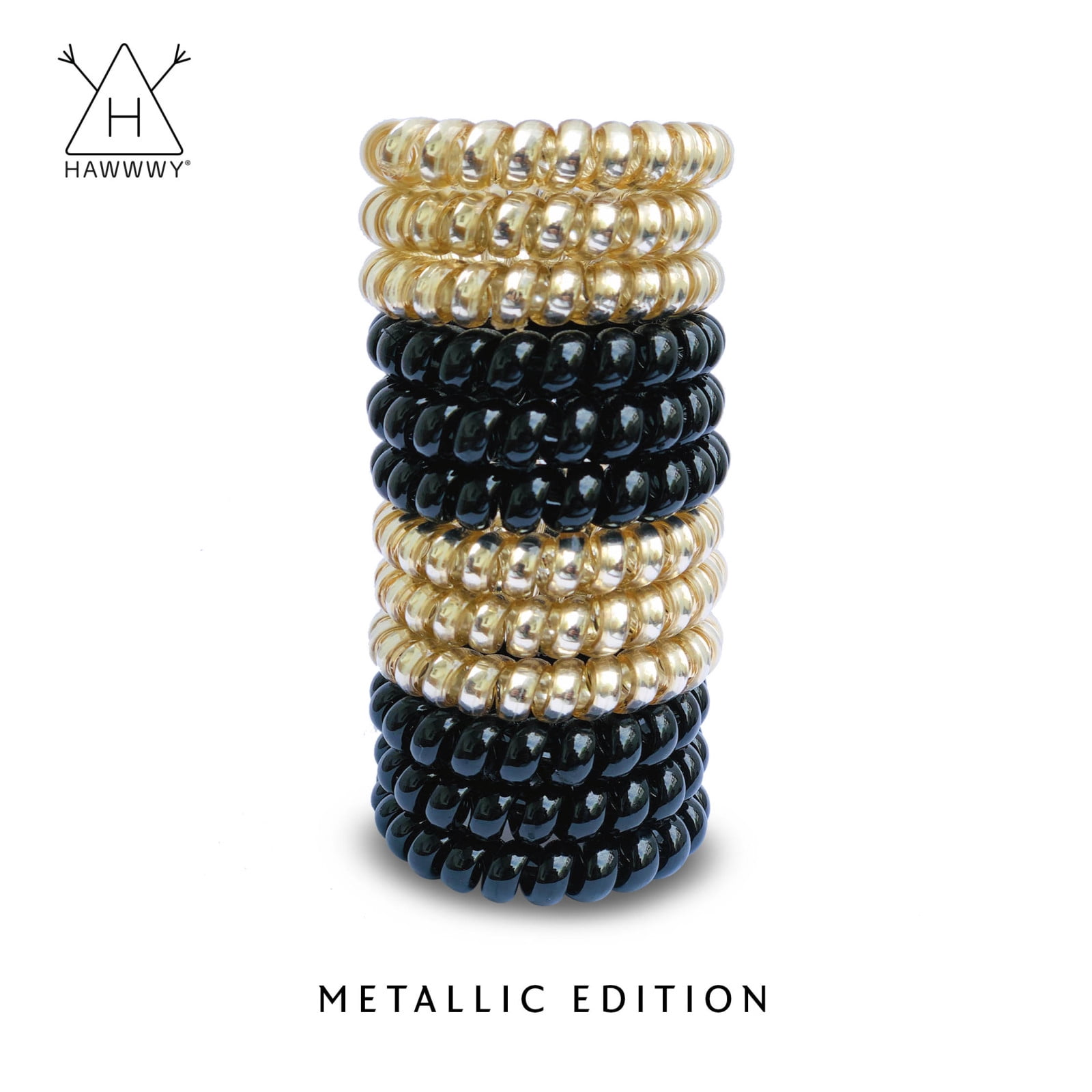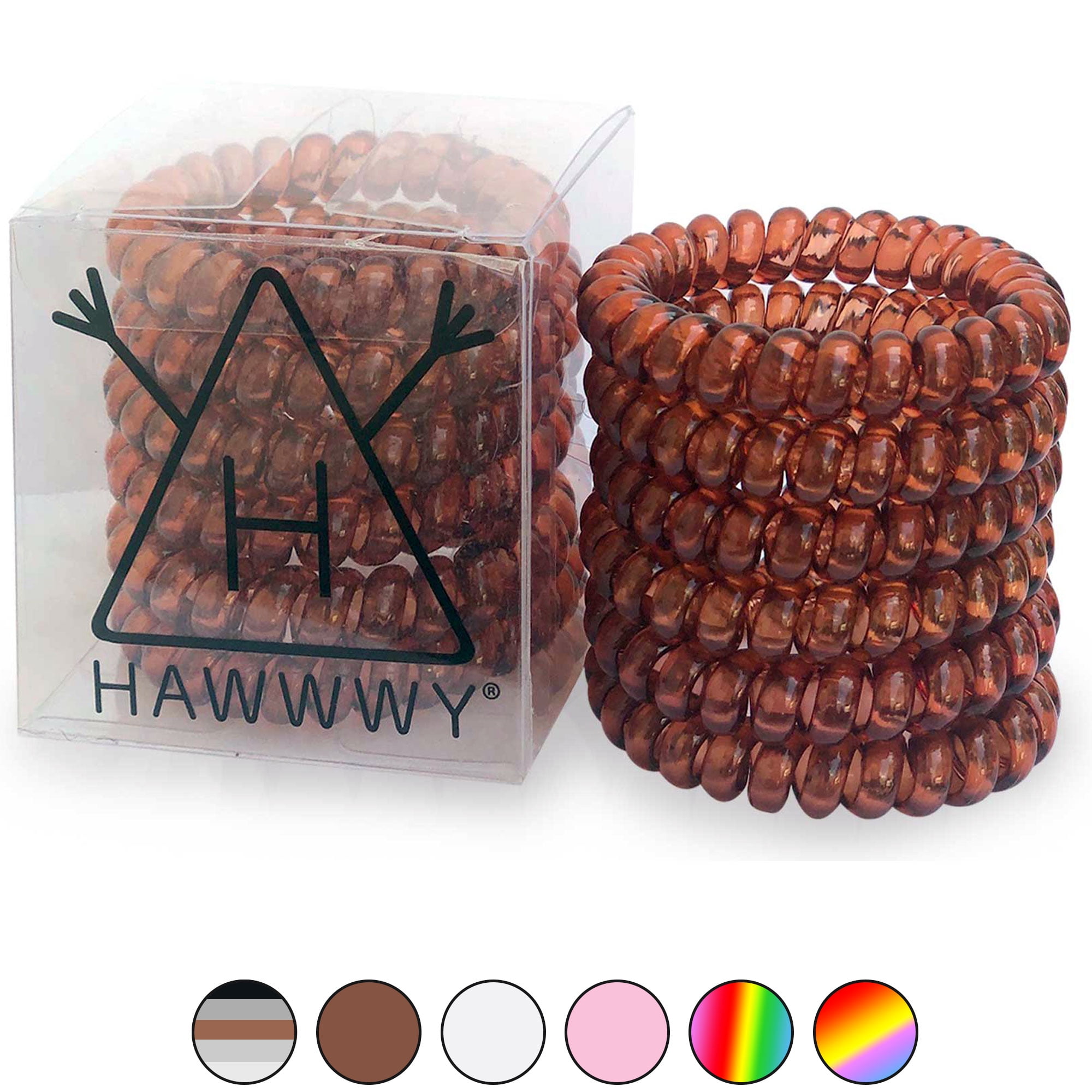

Our teenage girls are adorning their heads with plastic cords, and then tucking them over their cellphones, while they navigate the brave new world, alone. Nowadays, we can’t overhear our kids chatting with their friends about the often trivial, and occasionally not-so-trivial things that preoccupy them. It was a gateway into the mysterious world we were about to enter, like the fur coats Lucy had to push past before she reached the magical land of Narnia. We talked on the phone for hours, mostly because we thought that’s what teenagers were supposed to do.

The phone was more of a symbolic thing back then. In my futile quests for privacy, I’d pull the cord all the way around the wall that separated our kitchen from the family room. I paid as much attention to her as I did to the tiny white butterflies that flitted through our garden. “Look what you did to the phone cord!” my mom would say, as she held a long section of limp plastic in her upturned palms. But they can elicit bittersweet feelings, and their popularity does indicate they’re drawing on deeper, more hidden aspect of our psychology. Like mason jars and record players, they don’t have the ability to pull on our heartstrings the way a crumbling ruin, or the first few chords of an ancient melody do.

Phone cords are just one of many everyday objects we’ve recently brought back from the dead and breathed a new commercial life into. It could never be argued that the invisibobble produces the sense of longing that normally characterizes nostalgia, a term often used to describe a feeling of desire for a past that can’t be recaptured.

Of course telephone cord elastics aren’t truly nostalgic items. They’ve been feeding us things like Polaroid cameras and wedge heeled sandals in a kind of frenzy. But in the last few decades, marketers have zeroed in on the lucrative potential of its warm and fuzzy, feel-good qualities. Nostalgia has long been facet of Western culture. It’s like our teen girls are warriors who’ve turned the teeth and bones of their victims into necklaces. However, at the same time, it’s hard not to read something deeper into the fact that a generation that is being defined by the effects of mobile phone technology, is draping themselves in a symbol of the pre-roaming fee era. It’s a hit, partly because it’s a new kind of hair tie. There is a gimmicky aspect to the elastic’s popularity. The trend whipped around the world just a few years after she founded her company. In 2016, Trelles-Tvede made Forbes top 30 under 30 Europe list. The elastic’s inventor, Sophie Trelles-Tvede, told Teen Vogue she made her discovery on her way to a costume party, when she decided on a whim to tie up her hair with an old phone cord. And yet the elastic wearers are mostly gen z-ers, who are too young to remember telephone cords.Īnd just to be clear, the kids these days are actually wearing replicas of telephone cords in their hair. But I’ve tried one and I can’t see any real difference. On their website, the company claims the elastic doesn’t leave bump marks or knots in your hair the way other elastics do. There is nothing inherently beautiful, cool, or practical about the invisibobble. They wrap the curly elastics around their wrists like bracelets, and use them to sweep their long, fairy tale hair into ponytails. All the girls are wearing them this summer. The invisibobble looks exactly like an old telephone cord.


 0 kommentar(er)
0 kommentar(er)
